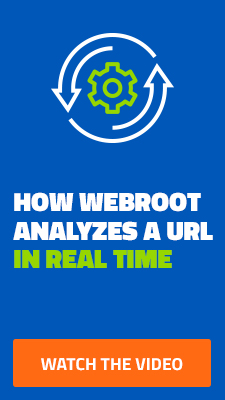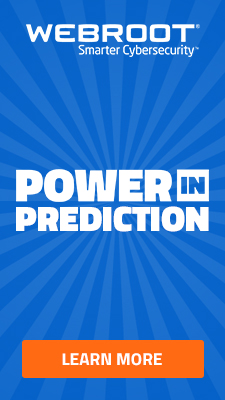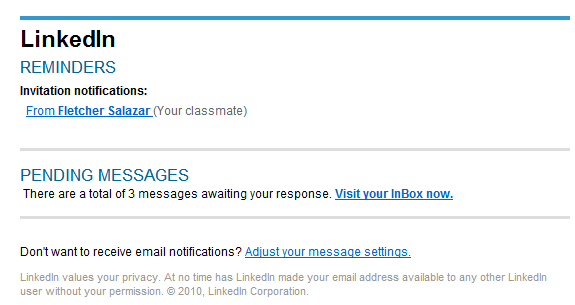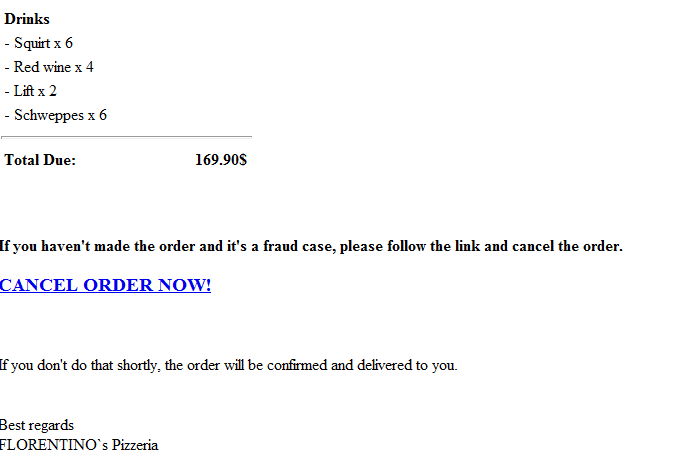Just like true marketers interested in improving the click-through rates of their campaign, pharmaceutical scammers are constantly looking for new ways to attract traffic to their fraudulent sites.
From compromised web shells on web sites with high page rank, the impersonation of legitimate brands, to the development of co-branding campaigns, pharmaceutical scammers persistently rotate the traffic acquisition tactics in an attempt to trick more end users into purchasing their counterfeit pharmaceutical items.
In this post, I’ll profile two currently spamvertised campaigns impersonating YouTube and Twitter, ultimately redirecting end users to pharmaceutical scams.
More details:














